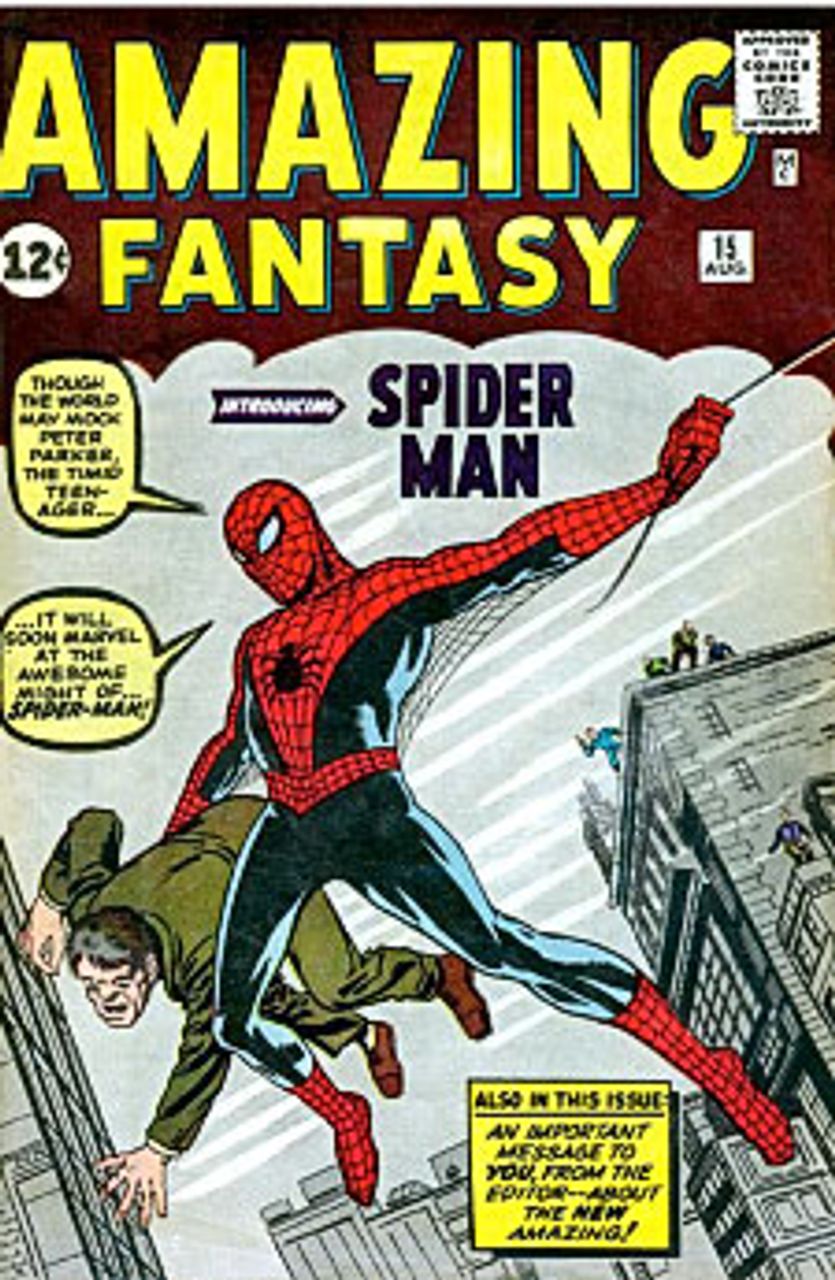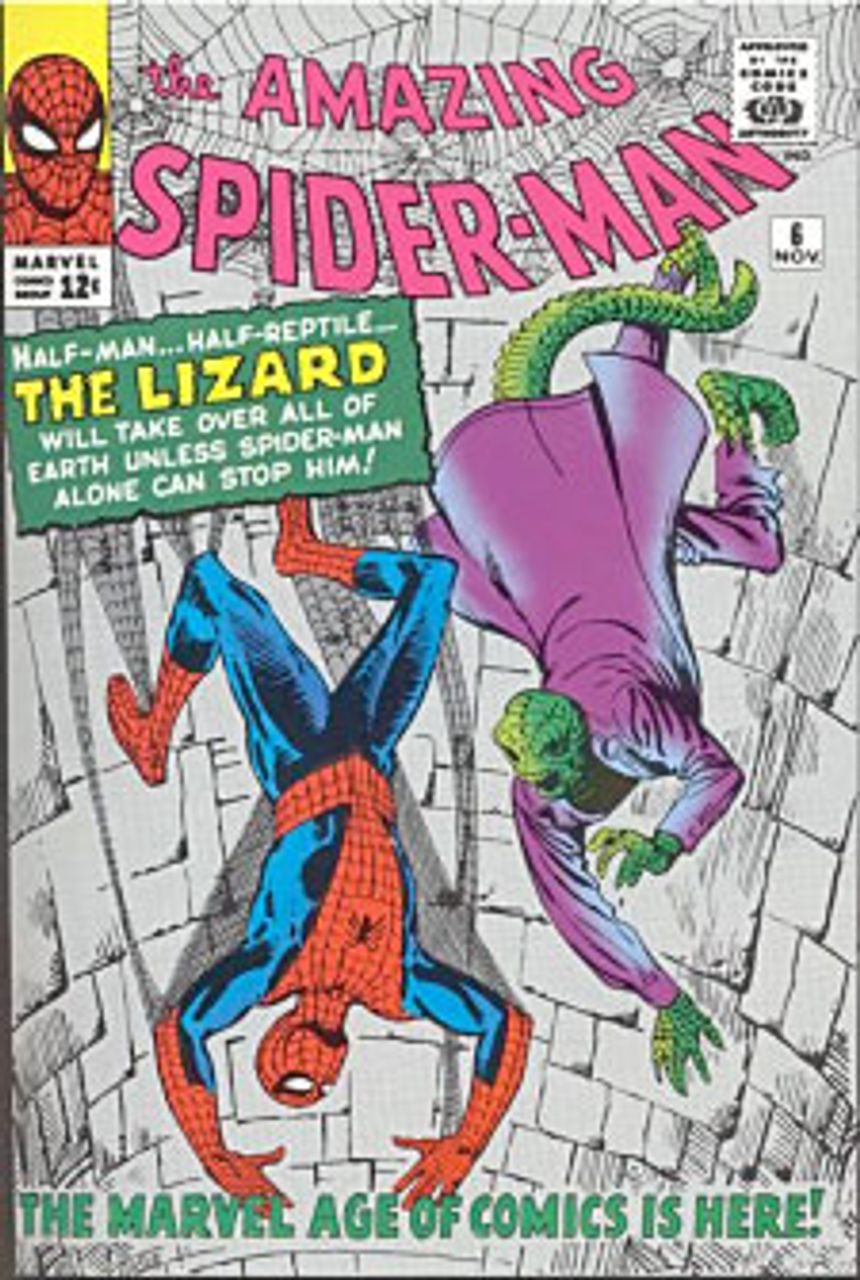Directed by Marc Webb, screenplay by James Vanderbilt, Alvin Sargent and Steve Kloves
 The Amazing Spiderman
The Amazing SpidermanThe Amazing Spider-Man is an artistically limited experience. Adapted from the 1960s Marvel superhero comic books by writer Stan Lee and illustrator Steve Ditko, it is a compression, rebooting and updating in a 136-minute running time, and rapidly paced. Relying heavily on CGI effects, this is a film high on thrills and, not surprisingly, promising a sequel.
What is the Spider-Man movie (the fourth since 2002) about? As if to appeal to as many youth markets as possible, the PG-13 production centers on New York high school student Peter Parker (Andrew Garfield), an intellectual-loner-photographer-skateboarder type, whose parents disappeared in connection with a highly sensitive project in cross-species genetics.
Parker is raised by his Uncle Ben (Martin Sheen) and Aunt May (Sally Field) and comes to learn that his father was involved with the OsCorp company, where a former colleague, Dr. Curt Connors (Rhys Ifans), works. Sneaking into the building, Parker is bitten by a genetically engineered spider and gains super strength and a wall-crawling ability.
Subsequently, Uncle Ben is shot by a store robber, and Parker becomes a crime fighter, donning the mask of Spider-Man. Meanwhile, fired from OsCorp for refusing to test on human subjects, Connors injects himself with a lizard-derived limb regeneration serum. (He is an amputee.) He turns into a lizard man and decides to transform everyone in New York likewise.
In the mix is Parker’s high school romantic interest Gwen Stacy (Emma Stone), who is Connor’s assistant and whose father, Captain Stacy (Denis Leary) of the NYPD, seeks to arrest Spider-Man for disrupting “law and order.” One thing leads to the next, but eventually the ill-fated captain sees the good in Spider-Man, who stops the lizard man and saves the day.
One can hardly say this sort of film is “an artistic affirmation of the real world with its flesh and blood and also with its will and consciousness” (Trotsky). What the viewer is subjected to in the Amazing Spider-Man is an artistic imagination trapped in a bell jar—full of caricature, cliché, contrivance, bombast, flatness, formula, melodrama and stereotype.
With the exception of the geographic landmarks and locations in New York, this is a story-world that simply does not exist. As such, the film is quite faithful to the “vision” and quality of work of Stan Lee, the principal creator of Spider-Man, who candidly appraises himself in various interviews as a hack, unimaginative and unable to write novels.
Indeed, it is difficult not to see the original conception of Spider-Man in Amazing Fantasy, No. 15, 1962, as derivative, a mere combination of the late-1930s Superman and Batman—animal name, crime fighting, death of parent figures, distrust by the police, orphan, dual persona, masked visage, red and blue, urban rope swinging, witty attitude, etc.
 Amazing Fantasy, Vol. 1, No. 15,
Amazing Fantasy, Vol. 1, No. 15,August 1962
Even the cover of Amazing Fantasy, on which Spider-Man appears, dramatically swinging from a rope and holding a man amid an urban backdrop with armed individuals, is clearly based on Batman’s Detective Comics, No. 27, 1939. Spider-Man, of course, was intended as younger than Superman and Batman, but still, he was a spun from a tried formula.
Such formularism carries over from the source comic books into the recent film, and it does not make for particularly good art. Superhero comic books and films do not have to be poor art. Unfortunately, they mostly are and have been, and Stan Lee’s body of work is no exception, however much he may be hailed as “brilliant” and a “genius.”
Aware of his creative limitations, Lee found that his “super-epic” adventures could garner some respect as children’s literature, and he wrote with pre-teen and teenage readers in mind. It is a misconception that juvenile fiction has to be unsophisticated, but that is an idea that served Lee well, and his many young readers have grown on him over the years.
 Amazing Spider-Man, Vol. 1, No. 16,
Amazing Spider-Man, Vol. 1, No. 16,November, 1963
Spider-Man’s popularity since the 1960s is not, however, exclusively attributable to childishness or an inner child. The character is appealing because of his youth, his working class background, his physically normal appearance and his semi-connection to frustrations with a capitalist society blighted by corruption, crime and social inequality.
But Spider-Man is not remotely politically conscious or anti-capitalist. In the film, he acts on the basis of a vengeance quest for the killer of his uncle; he reduces the complex social world to “good guys” and “bad guys”; and he believes that he does “80 percent” of the job of law enforcement, as he tauntingly tells a police officer who tries to arrest him.
Despite Spider-Man’s lack of conscious politics, the film does ascribe a label to him from the perspective of Captain Stacy—vigilante anarchism—though this is something the audience is never supposed to take seriously. Spider-Man is made out, through the pre-death words of Uncle Ben, to be acting out of “responsibility.” It is a socially muddy message.
Art does not need to contain consciously intended or socially acceptable messages, yet it can only be truthful if it corresponds to the actual nature of things and if it makes artistic discoveries with aesthetic intuition and feelings. The Amazing Spider-Man is entertaining, but in the end, it is a tired play on formulas in a repeating, endless circle.
The author also recommends:
Trying to have it both ways: Spiderman, directed by Sam Raimi
[21 June 2002]
No, this won’t do at all
[12 July 2004]
The dilemma of blockbuster filmmaking
[4 June 2007]
